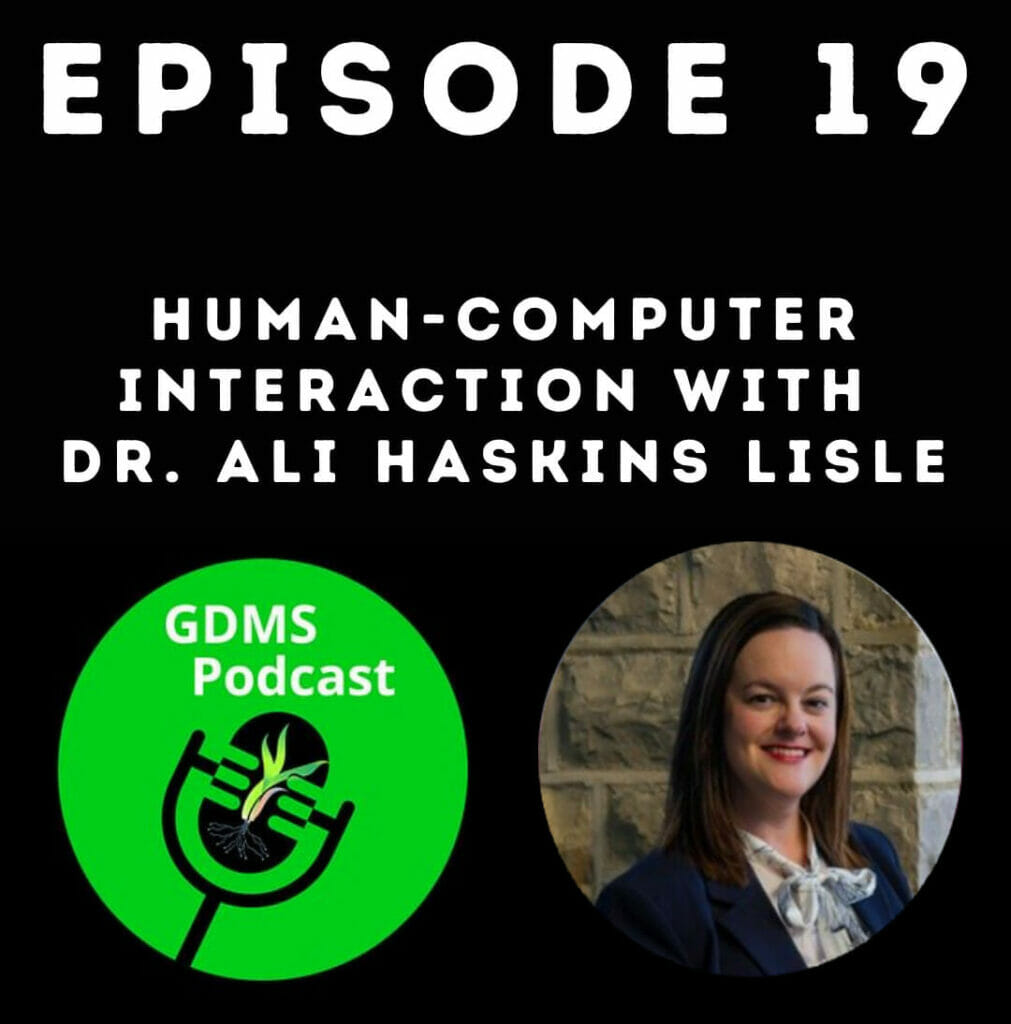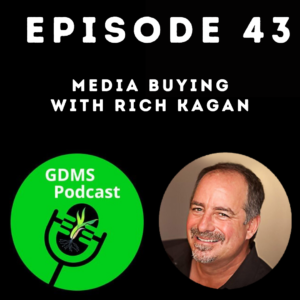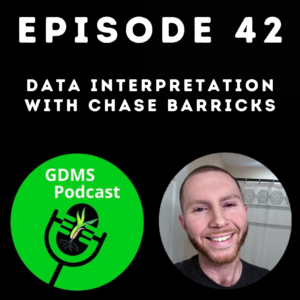
Human-Computer Interaction with Dr. Ali Haskins Lisle
watch the Video feed here
Audio Podcast feed here
Available on Apple Podcasts, Google Podcasts, Spotify Podcasts, and Anchor Podcasts
In the 19th Episode of the GDMS Podcast, we discuss Human-Computer Interaction with Virginia Tech Professor Dr. Ali Haskins Lisle. We also discuss the following:
- Original Digital Art being sold for $69 Million
- If there is a market for copywriting the digital art
- Art, in general, is subjective
Get your free SEO and Website Audit by clicking here.
In our in-depth interview with Virginia Tech Professor Dr. Ali Haksins Lisle we discuss:
- Dr. Lisle explains what the Human-Computer Interaction field is and what these types of Engineers strive to do
- Human-Computer Interaction in particular usually involves a couple of different disciplines. Dr. Lisle discusses the disciplines she is trained in.
- What initially attracted Dr. Lisle to the Human-Computer Interaction field
- UX is something that has been around for decades but has recently been rebranded during the past decade to encompass web design
- Dr. Lisle explains ethnography to our listeners
- Besides usability tests, what other kind of testing Dr. Lisle performs in her line of work
- Some of the more interesting human-computer interaction scientific tests that she has performed
- What it has been like joining the HHS right before the pandemic, and what it has been like working there over the past year
- What goes into developing an algorithm
- With documentaries like “The Social Dilemma”, gaining popularity, ethically how do you feel about developing algorithms?
- How people put unconscious bias into algorithms that they develop without even knowing it
- Her favorite scary movie, both A-List and D-List
- Her favorite moment during her Virginia Tech Football Fandom
glorious marketing of the week
Digital Artwork sells for a record $69 million at Christie's first NFT auction
This week the first purely digital piece of artwork was sold in an NFT format for $69 + Million. The art was sold using blockchain technology and signed with an unforgeable NFT signature. There are a few reasons we believe that happened. Let’s explore them now.
- How blockchain is making it easy for people to invest in things that have no inherent value
- Art, in general, is subjective and its always hard to put an actual price point on it
Copywrite royalties could be factor
The piece of digital artwork that was sold was a compilation of hundreds of smaller pictures that are some of the internet’s most shared memes and pictures.
When the person purchased the art, they also purchased the original copies of these highly shared pictures.
It’s possible that the owner did so in order to try to collect money when people on the internet share those pictures and memes. Each time those are shared, the owner can now possibly charge the person sharing them for a small fee.
Since this picture is composed of hundreds of the most shared pictures, it’s quite possible that the new owner stands to make millions in royalty fees.
Blockchain Investments
Blockchain was invented in order to create a digital, unanimous, unhackable digital auditing system that could be used to create a purely digital currency.
Since the advent of blockchain, it has been implemented to transform many different business industries from food, healthcare, and accounting. Most notably, it has become a tradeable commodity with things such as bitcoin and dogecoin.
Basically, something digital with no tangible value accumulates value from people buying into it.
This digital art is no different. It has a value of millions of dollars, and in the future, people will buy into that value and raise it or sell their shares, and drop the value.
Art is Subjective
At the end of the day, art is subjective. It doesn’t matter what anyone thinks, but the buyer. This digital art is worth millions of dollars because one person valued it that much. One person is all it takes!
Dr. Ali Haskins Lisle Professor in Human-Computer Interaction Engineering
















